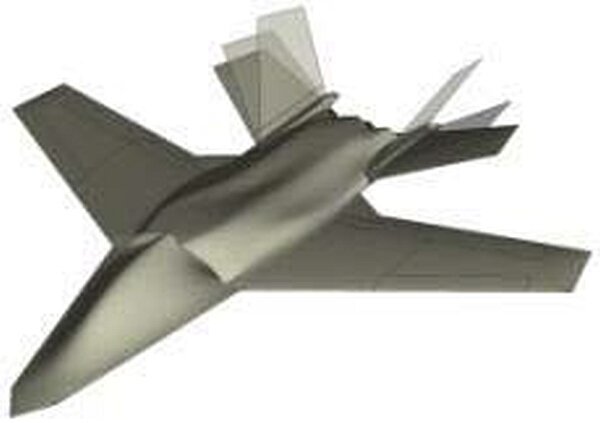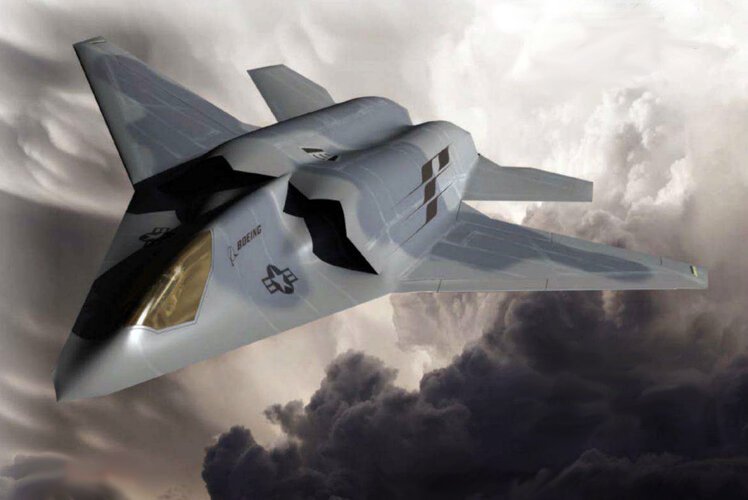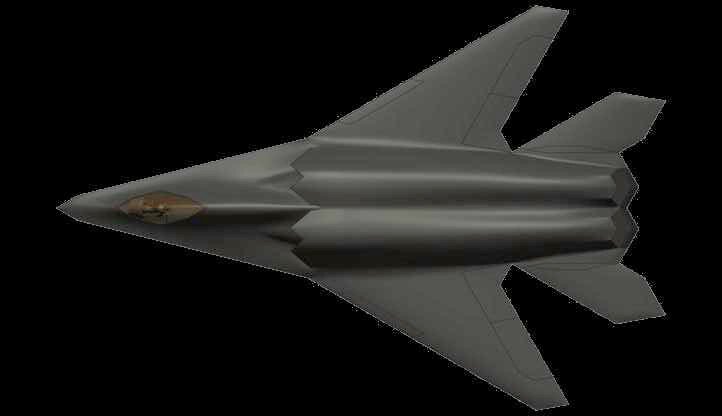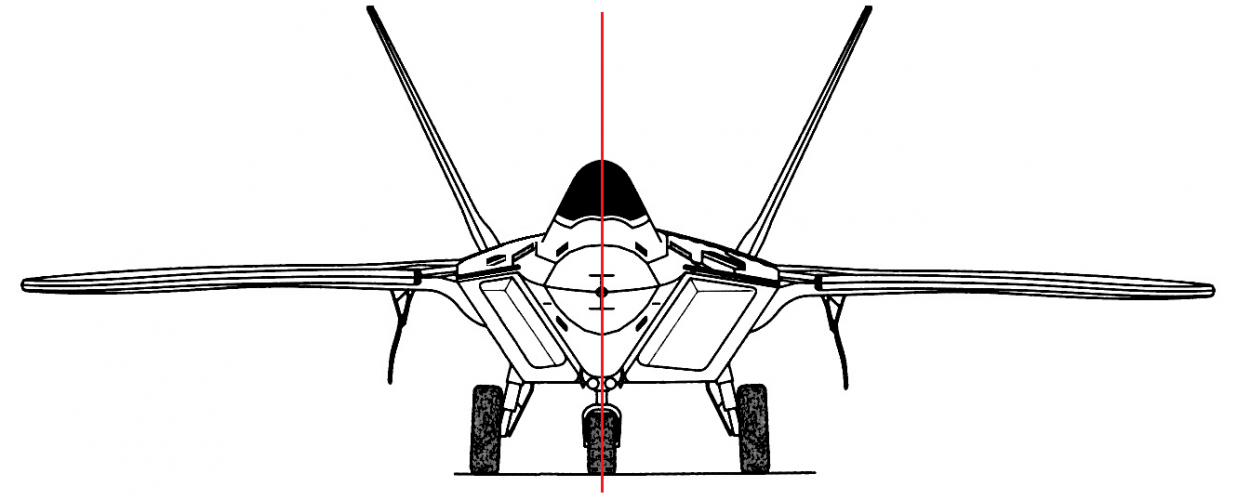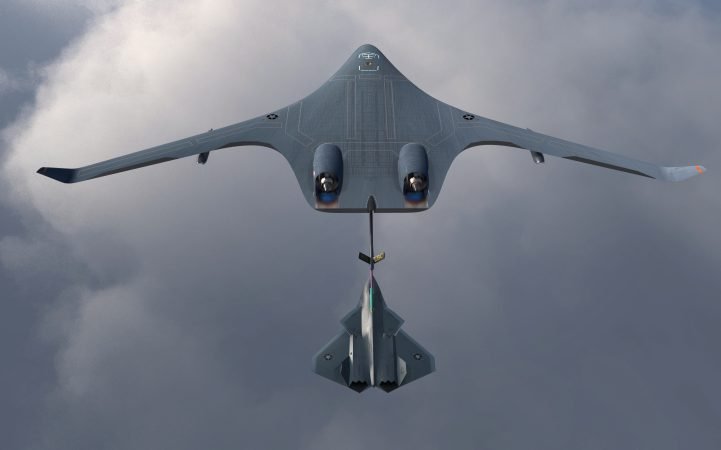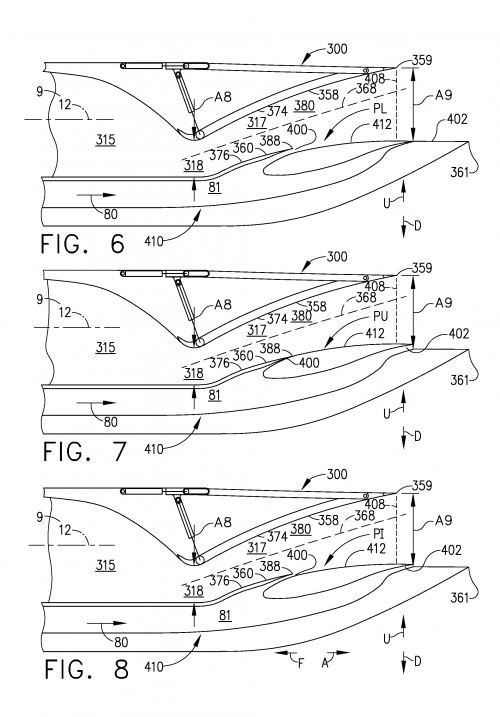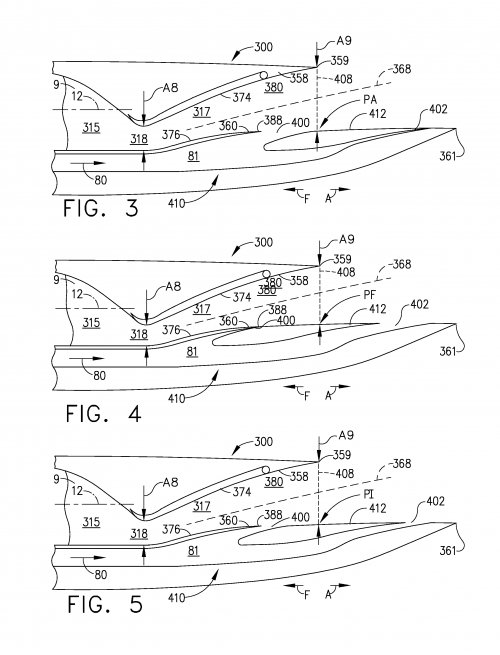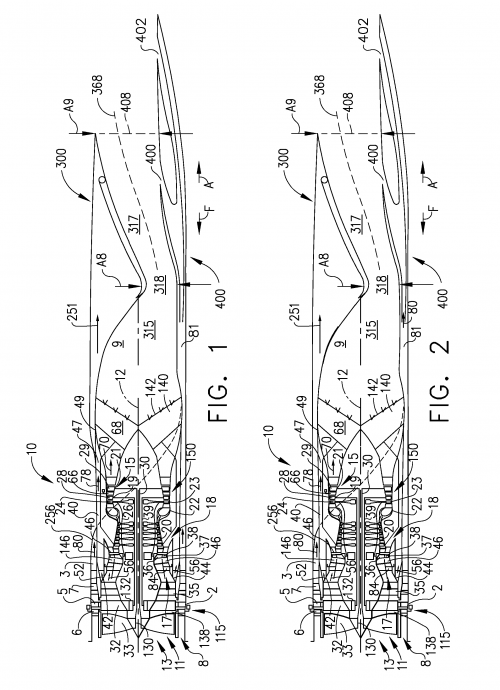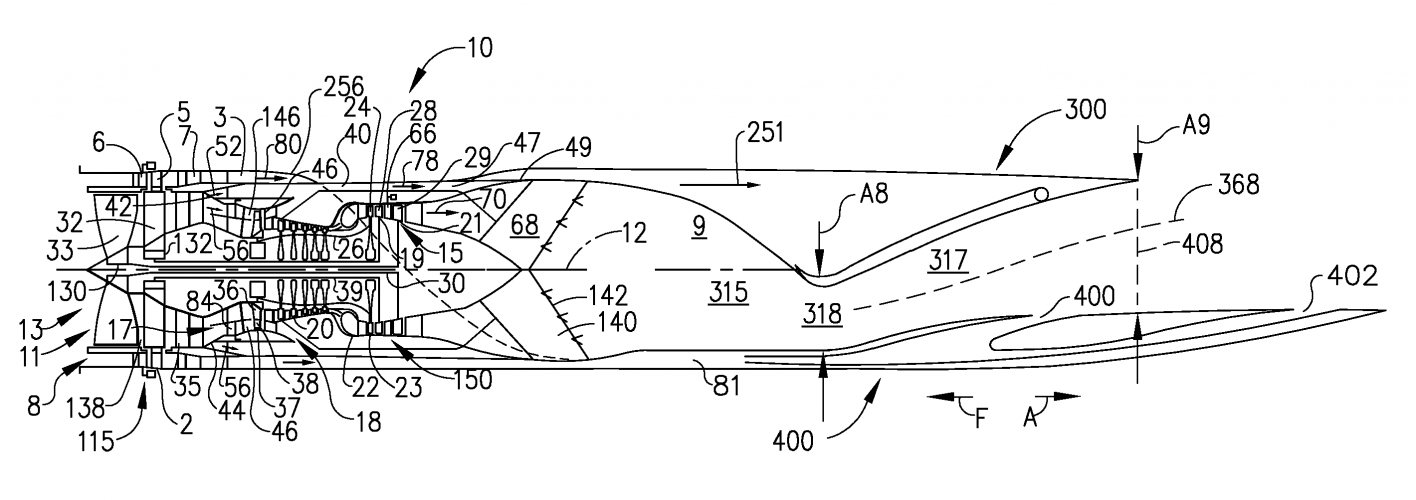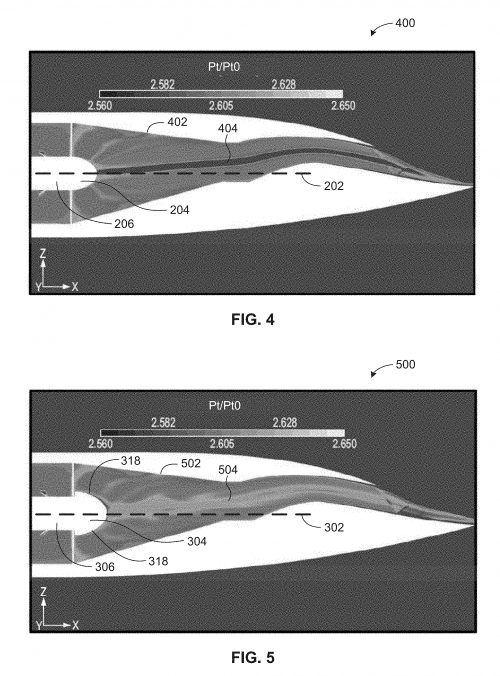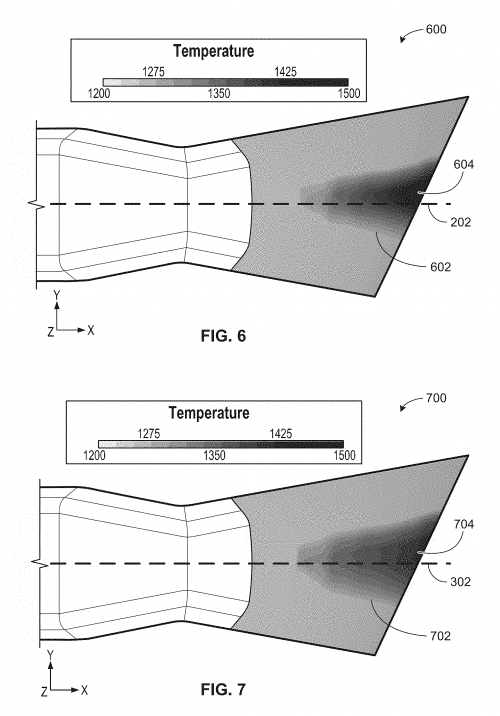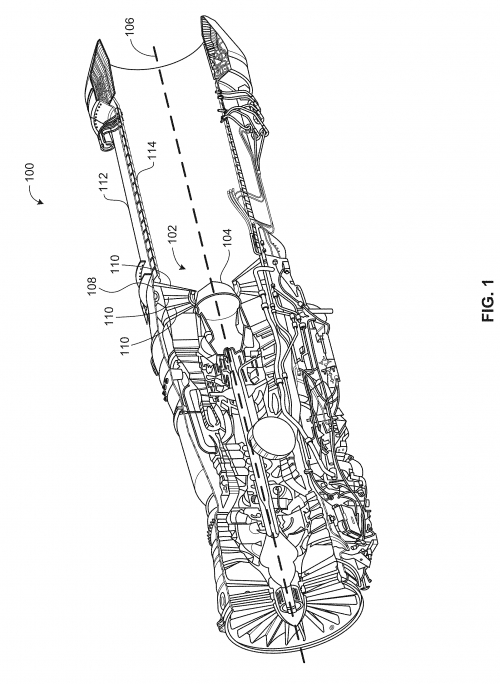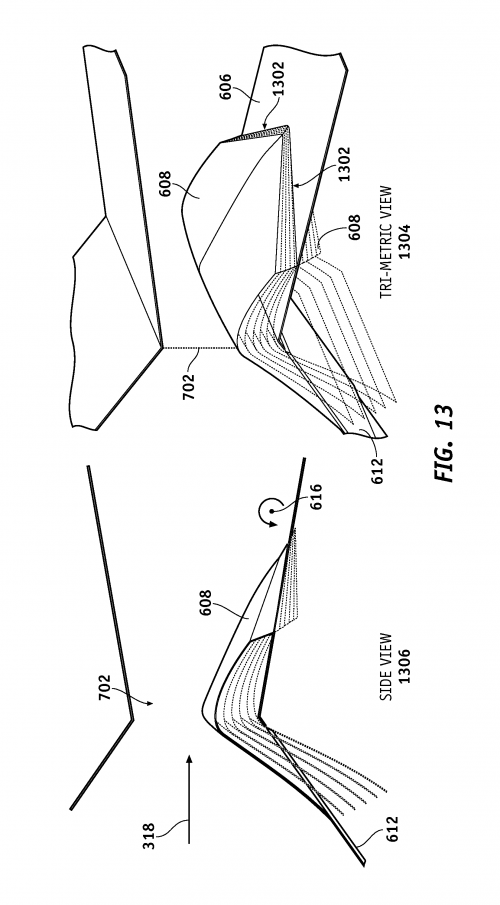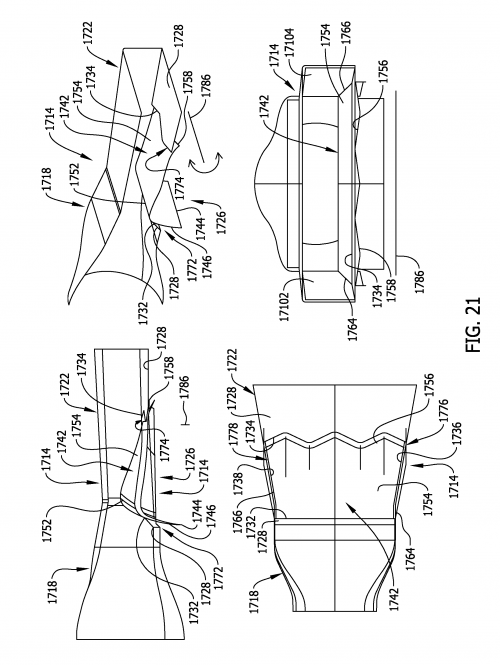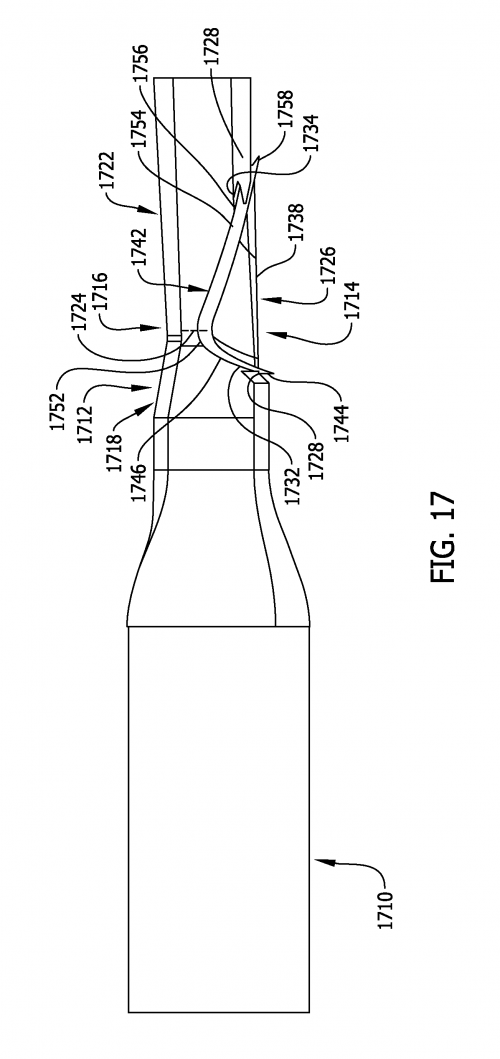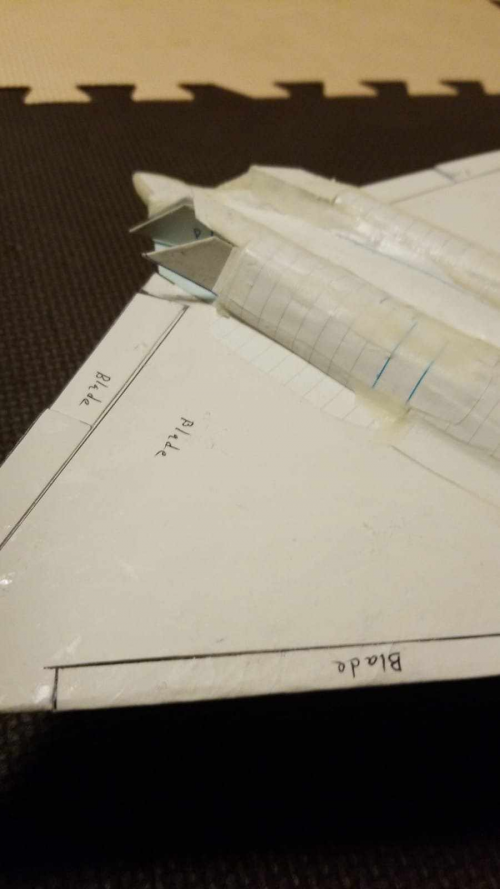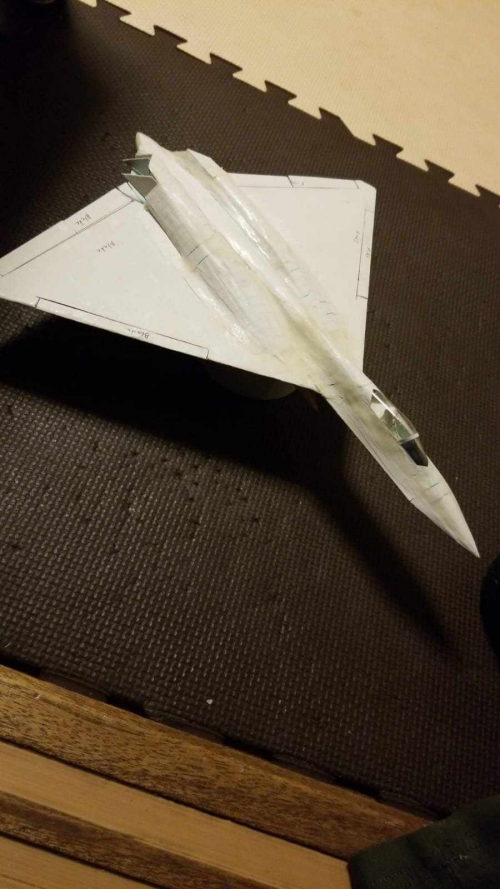I'd argue the F-22 is a heavy fighter. Large, heavy, top of the line, twin engine fighter. Same with the Su-57 and J-20 (or the F-15, Su-27 and J-11 before them).
The F-111 was a fighter bomber I'd argue, like the Su-24, Su-34 or Tornado.
Right, but there's "twin-engined fighter" like Legacy Bug (23klbs empty), Rafale (23.4klbs empty for the -M), or Typhoon (24,250lbs empty); and then there's F14s (43,750lbs empty/74,300lbs MTOW), F-111Bs (46,100lbs empty/88,000lbs MTOW) or MiG-31s (48,100lbs empty/102,000lbs MTOW) today. I'm going to ignore the "tiny twins" like F-5s, F-CK-1s, and M346s, those are glorified trainers at best.
For that matter, an F-15C has an empty weight of 29,000lbs while a Tomcat has a 43,750lb empty weight. F-111
B was talking about an Empty Weight of 46,100lbs. Super Bugs are 32klbs empty. The F-18L would have weighed in about 20klbs empty. MiG-29 is ~24,250lbs empty.
Now. F-22 is 43klbs empty, J-20 is ~37.5klbs empty, Su-57 is ~40.8klbs empty, FC-31/J-35 is ~38.6klbs empty, KF-21 is 26klbs empty and is an extreme outlier on the small end that I'm not comparing in this paragraph. So yes, the F-22 is the heaviest of the existing "fifth generation fighters" but only by about 5500lbs empty weight. At MTOW? Well, F-22 is 83.5klbs, J-20 is 81.6klbs, and Su-57 is 77.2klbs (I don't have an MTOW for the J-35). So the F-22 is still the heaviest MTOW, but only by 6300lbs when compared to the lowest MTOW in the group. It's really close to the same as the J-20, a 1900lb difference.
So all the major twin engine "Fifth Generation Fighters" are pretty close to the same weight, both Empty and MTOW.
Expected weight increase from 4th Gen to 5th Gen.
- F-16C-50/52 is about 18.9klbs empty and F-35 is 29.3klbs empty, a ~55% increase in empty weight. However, the F-16 only carries 7000lbs of fuel internally, while the F-35 carries 18,000lbs of fuel, roughly 2.5x more fuel.
- F15C versus F-22 is 29k versus 43k, a ~48% increase, but the F-22 also carries about 4500lbs/33% more fuel (18klbs versus 13.5klbs).
- Su-27 is about 36.1klbs empty, while the Su-57 is 40.8klbs and the J-20 is 37.5klbs empty (I'm assuming that the J-20 is more closely related to the Flanker than the Fulcrum). That's a 13% weight increase for the Su57 and a 3.8% increase for the J-20. I suspect that a big part of that is the relatively small increase in internal fuel that the planes have. A Flanker has 20.7klbs internal fuel, while the Su-57 has 22.7klbs internal fuel, and the J-20 has 26klbs internal fuel.
- The interesting size comparison is the KF21 versus Hornet, Legacy and Super. KF21 is only 26klbs empty while an F-18L was about 20klbs empty and a Super Hornet is 32klbs empty. That's a 30% weight increase compared to the Legacy Bug and an 18.875% reduction compared to a Super Bug, a very small increase in weight for a design that supposedly includes volume for an internal bay already plus ~2500lbs/22% more internal fuel.
So, I'm saying that I expect a Fifth Generation "front line fighter" like the F-22, Su-57, or J-20 to weigh about 25%-50% more than their previous generation that they're replacing, depending on just how much more internal fuel you're adding.
I think for Jets I'm calling a Heavy Fighter in the 4th-5th-6th generations "something with over a 100,000lb MTOW," like the MiG-31 and almost guaranteed like the J-36. And like the F-111A/C/D/E/F/G and FB-111. Tomcat and F-111B Sea Pig are big powerful fighters, but don't make the MTOW cut. Definitely using 100k MTOW for 5th and 6th generation aircraft as "heavy fighter", we can argue how low the MTOW cutoff should go for 4th Generation.
==========================
Or, for prop-plane comparisons, the P-38 (12.8klbs empty/21.6klbs MTOW) versus F7F Tigercat (16.3klbs empty/25.7klbs MTOW) versus P-61 (23.5klbs empty/36.2klbs MTOW). Not an
entirely fair comparison, as the P-38 was designed in the late 1930s (first flight in 1939) while the Tigercat was designed during the war (first flight in 1943) as was the P-61 (first flight in 1942). So the P-38 is relatively undergunned as a heavy fighter or
zerstorer with 4x .50cal and only 1x 20mm.
A radar-free Tigercat and a P-61 have the same armament: 4x .50cal and 4x 20mm (radar replaces the .50cals in the Tigercat). They even have the same engines, a pair of R2800s, though the P-61 makes 150 more horsepower per engine and has 4-bladed props instead of 3-bladed props. A P-38 makes 1600hp per engine, while the F7F makes 2100hp per and the P-61 makes 2250hp per engine. The 1000 extra horsepower with only ~4000lbs extra weight makes the F7F massively outperform the P-38.
But the P-61 empty
weighs more than a P-38 does at MTOW! The P-61 weighs 44% more than an F7F empty, 41% more at MTOW. Now, that's a Heavy Fighter!

